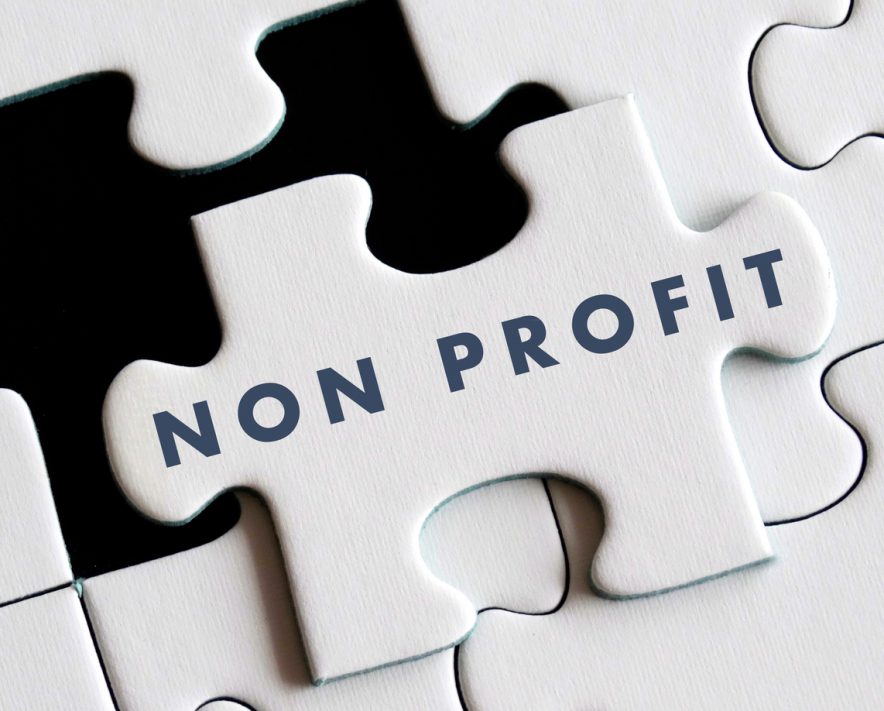
Solutions For Nonprofits To Cut Fundraising Costs, Increase Security
Many of the needs of non-profits are the same as regular merchants. They can both benefit from integration, the ability to accept different currencies, and the built in security and flexibility that comes with today’s range of payment processing systems.
And like other sectors, non-profits have had to adapt to changing times and meet the demand of consumers that prefer to complete their transactions online and reach out to a younger audience who often favor mobile and ecommerce.
However, non-profits have different needs as well.In addition to collecting recurring payments, they need to be able to plan and scheduling events, and its essentialnon-profits get the best deal possible on transaction fees. Although this is important to every merchant, non-profits much get a competitive rate so more can go to their cause and benefit more people.
Today, there are several payment processing options for the non-profit.
Different Payment Options
The different payment options include:
- A merchant account
- Ecommerce/website donations
- Terminal
- Point of Sales system
- Virtual terminals
- Mobile payments
- ACH Payments
A merchant account – this can be set up with a regular payments processor that has expertise in serving the non-profit sectoror with a payments processor that works exclusively with non-profits.
Ecommerce/website donations – these can be collected through a payment processor through a secure payment gateway, or via a third party processor like PayPal.
Terminal – although the features can vary from machine to machine, terminals basically allow you to accept card payments and swipe them. New models are EMV compliant.
Virtual terminals – they allow a non-profit to accept donations over the phone and online, butthey have some disadvantages. For example, payments must be entered manually, which is obviously more time-consuming.
Point of Sales Systems – these allow multiple actions, including recording data and stock management.
ACH payments – as with any other sector, accepting ACH payments can prove to be a boon for non-profits. The transaction fees are cost effective and they are equally well-suited to once-off and on-going payments. They are also an ideal payment method for donors who don’t want to give out their card details.
Mobile Payments – collect payments on the go at events or pop up shops and optimize your non-profit website so it is mobile friendly.
Does Mobile Matter?
As consumers gradually make the move to mobile, it’s more important than ever that a non-profit website is mobile friendly. According to the Fast Company:
“Google found that 40% of survey respondents conduct non-profit research on their phones, and 25% make donations through their cell phones–mostly by opening up a web browser and going to a donation site, not through text message donations.”
However, a responsive website is not the only way non-profits can benefit from the growth in mobile payment use: mobile point of sales systems can also be used to collect payments at fundraising events or pop up stores.
Mobile isn’t quite as mainstream as it could be just yet, but every year the growth in mobile payments grows and it’s fast become the preferred way to make transactions and do research, especially among millennials.
Catering to the ‘Smart’ Generation
Online giving increased by almost 8 percent in 2016, which is in part driven by millennials, who prefer to make their donations online, according to the Blackbaud charitable giving report. Millennials are also more than familiar with smart phones, tablets, and other smart technology, and more importantly, they’re keen to make recurring, monthly donations, provided they have the right tools to do so.
14 percent of donations are also made on the internet, so if you’re not accepting online payments, there’s a chance you non-profit is missing out.
Third Party Fundraising Options
Another option is accepting payments through third party sites, but these attract fees also. For example, a site like Go Fund Me charges a five percent fee for each donation given, and there’s payment processing fees and VAT to think about too.
There are also third-party rights that allow non-profits to collect donations, such as Razoo or Firstgiving.com, which both charge a percentage on donations and processing fees.
Evolving Payments
A further payment option non-profits need to be aware of is digital. Digital payment wallets are already a major part of social media and Lexis Nexis urge non-profits“to be prepared to leverage Apple Pay, Google Wallet and other services that will lend their platforms to charitable giving in the near future”. Since the article was published, Apple Pay has started to accept payments to non-profits as has Google Wallet.
Commenting on the launch, Jennifer Bailey, vice president at Apple Pay said:
“…We think offering such a simple and secure way to support the incredible work non-profits do will have a significant impact on the communities they serve.”
And it seems non-profits who used wallets have experienced the benefits for themselves, with some noting enhanced donor conversion and more efficient payment processing.
Charitable donations can also be accepted by via the Google Pay wallet, and non-profits can get started by setting up a Google merchant account.
An additional selling point of digital wallets is that it’s not necessary to pass on credit card details to make a transaction and it’s likely more developers will start to create apps for digital giving in the future.
Research also suggests that contactless payments are on the up, so if your non-profit is not yet ready for contactless payments, perhaps it’s time you considered it.
Conclusion
Non-profit payment processing has evolved, however, so has the way some consumers want to make payments and donate to charities. For this reason, non-profits need to be ready to serve a generation who appreciate a new way of giving, as well as catering for donors who wish to donate in a more traditional way.
In the future, the payment processing sector is unlikely to get any less competitive, which means it’s essential that non-profits make the efforts they to ensure they can offer donors the most efficient way of completing a transaction and of gaining reoccurring supporters.
Ready to get started?
Get in touch or create an account





